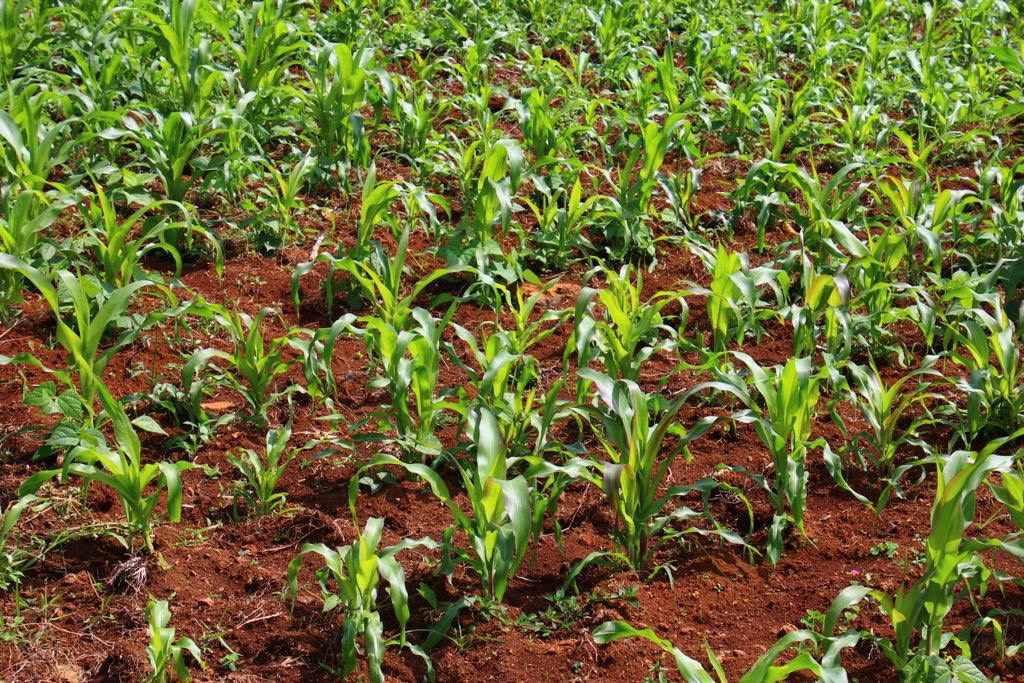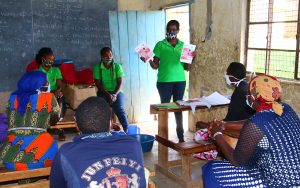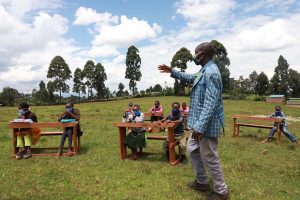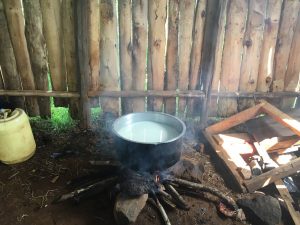Jambo, my name is Freya Casey, and I am going into my final year of International Development and Food Policy in University College Cork (UCC).
For my third year placement I am working with Brighter Communities Worldwide who does amazing work in Kenya, and have completed a pilot project in Uganda. In line with the organisations strategic plan, Brighter Communities Worldwide, focus the following program areas: health, education, water, economic empowerment, investing in women, development education.
They work in line with the seventeen Sustainable Development Goals, in the communities they are based in, through their strategies, programmes, and their ways of work. The SDGs aim to end poverty, fight inequality and stop the impacts of climate change. Through the work of; governments, businesses, civil society, and the general public, we work together to, ‘leave no one behind’.
In the next four years they will focus on:
- Implementing holistic, impactful programmes that contribute to the Sustainable Development Goals.
- Building effective strategic relationships.
- Strengthening organisational capacity.
- Ensuring strong governance.
They are based in Londiani, Kericho County, where the locals are so welcoming, and the staff of Brighter Communities Worldwide welcomed the Surgeon Noonan (UCC medical student society) volunteers, and I with songs and dance. We were blown away and created great friendships with the staff while we were there for the month of June.
Since I arrived in Londiani on the 30th of May, I have heard from the locals and the employees of Brighter Communities Worldwide, whom I am working with for the month of June, that climate change has really affected the growth of maize this year. Many people here rely on farming for an income, whether it is their main income or a secondary income. Usually it is their main source of income. Not only does Maize provide an income for them, it is also their main source of food.
In 2018, the agricultural ministry estimated a forty four per cent increase in the production of Maize in Kenya. This was after a major drop in production in 2017 due to drought, which left 3.4 million Kenyans staring at starvation. Along with the flash floods in 2018, leaving 200,000 families displaced and killed over 70 people. (Ruto, 2018)
It usually begins to rain moderately in March and April, and sometimes even a little in February. March is when the locals tend to plant their seeds. However this year many didn’t plant in March due to lack of rain and some of those who did, lost their crop. Many people began planting in May, however little to no rain came, worrying farmers, because if their crops fail, it would lead to many issues for their families.
In June, the Maize is supposed to have grown up to three or four foot, but when I arrived in Londiani, I could see it hadn’t even reached a foot high, as you can see in the following picture.
Maize is the main source of food for the locals, and if the crop is not successful this year it will lead to families having very little to eat and a lack of income for basic necessities. Most farmers set aside the amount of Maize they will need for the year, for their family, and then sell whatever is left over.
The money they earn from selling the left over Maize, helps make household improvements, buy basic necessities, buy other foods for a balanced diet, and pay towards their children’s school fees. Without this income, there will be an increased threat of food insecurity, poor nutrition and interruption to children’s schooling if they can’t pay their school fees.
Fortunately the rain arrived at the end of May and start of June, some are saying it’s thanks to the arrival of Irish volunteers! You can already see a difference in the growth of the Maize. Although, the Surgeon Noonan volunteers and I aren’t too happy to see so much rain, we are glad it is helping the local area and the families who were in serious need of rain to sustain their livelihoods. Over the last 4 weeks that I have been here the Maize has grown substantially, as the soil is warmer and the rain is coming daily. However, there is a risk of the rains not lasting long enough for the crops to continue their growth or in a complete turn of events, raining too much, consequently destroying the farmers crops.







